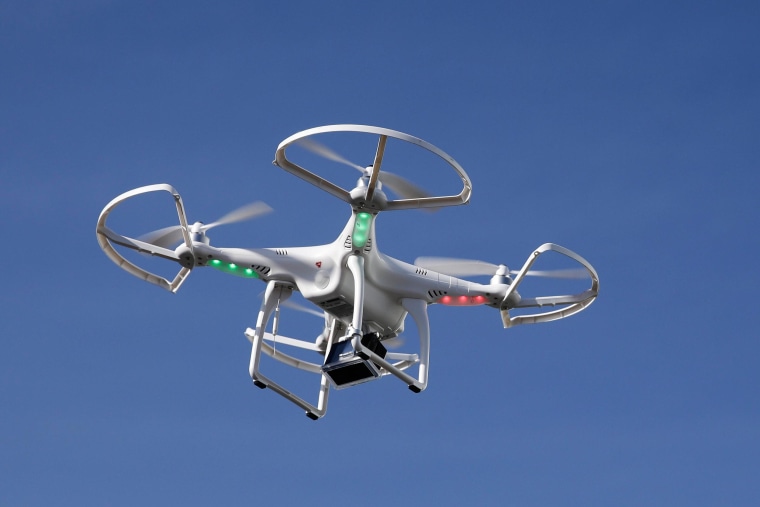A commuter jet nearly hit a drone in March as it approached the runway at Florida's Tallahassee Regional Airport, according to a Federal Aviation Administration official.
On March 22, a US Airways commuter flight originating in Charlotte, North Carolina, "passed an unreported and apparently remotely controlled aircraft at 2300 ft., five miles northeast of the Tallahassee airport," the official said.
Jim Williams, head of the unmanned-aircraft office at the FAA, made the incident public at a drone conference in San Francisco Thursday.
Should an unmanned drone be sucked into the engines of a plane, Williams said, the results would be disastrous.
"Imagine a metal-and-plastic object, especially that big lithium battery, going into a high-speed turbine engine," he said, according to The Wall Street Journal, which first reported the incident. "The results could be catastrophic."
The FAA said it wasn't able to identify the drone or its pilot.
The jet was Bluestreak Airlines Flight 4650, a CRJ2 aircraft, operating as a US Airways commuter flight.
In a statement, the FAA said it's "working aggressively to ensure the safe integration of unmanned aircraft systems (UAS) into the national airspace."
The law requires private individuals flying model aircraft to notify an airport operator and air traffic control facility when flying within five miles of an airport. FAA rules also stipulate that recreational users fly the drone below 400 feet.
"Our challenge is to integrate unmanned aircraft into the busiest, most complex airspace in the world," read the statement.
—Becky Bratu
